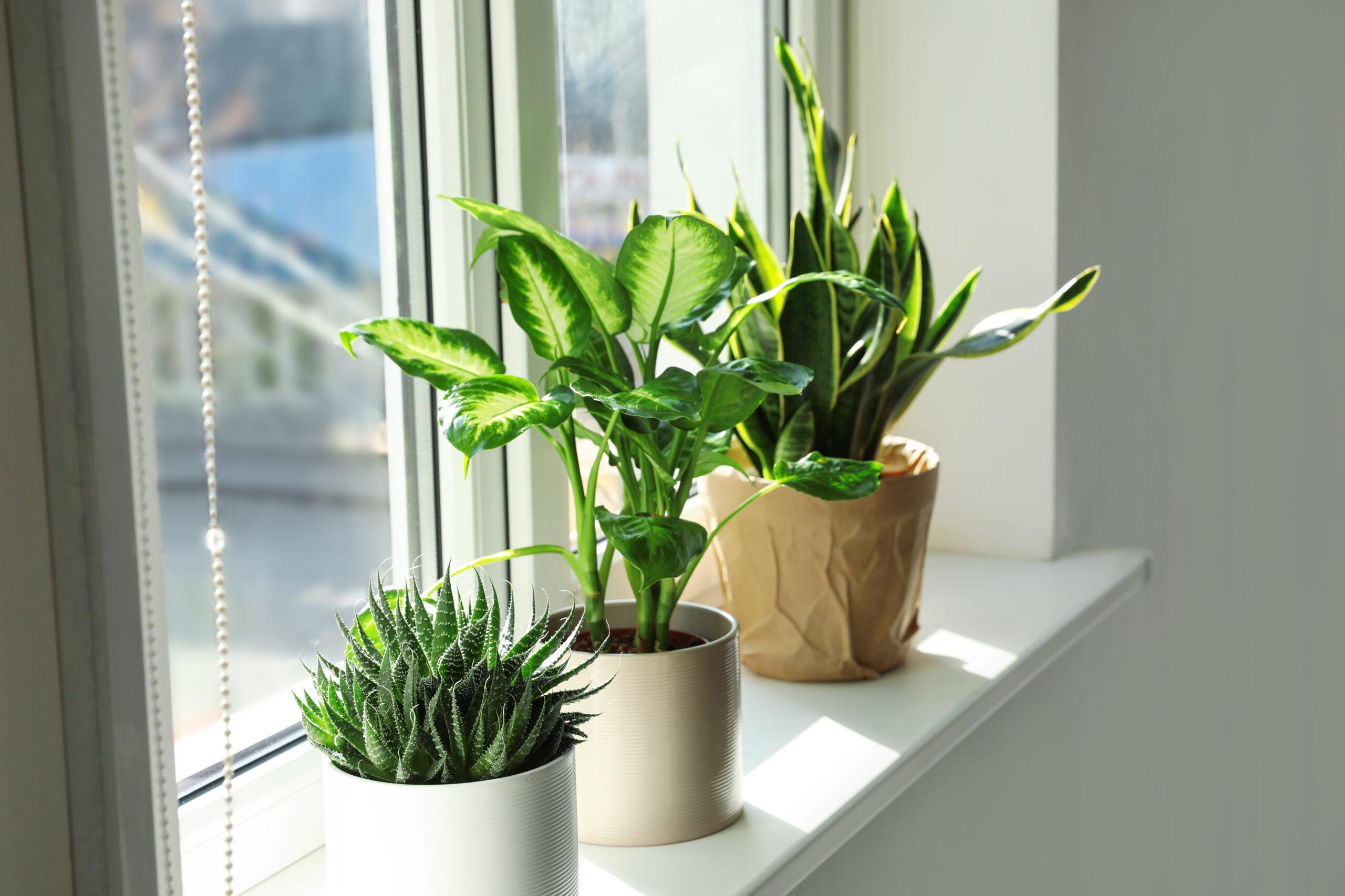When growing houseplants, placing them in the optimal window is crucial to their health and survival. The direction a window faces determines how much sunlight it receives, which in turn affects the plants. So what is the best window direction for houseplants? Here’s a breakdown of the unique pros and cons of each exposure.
How Window Direction Affects Sunlight
The amount and intensity of natural light coming through a window varies based on the direction it faces:
-
South-facing windows get the most direct sunlight, especially in the middle of the day. They receive sun from morning to evening
-
East-facing windows get morning sun They get bright light without intense midday rays,
-
West-facing windows get afternoon sun. They also provide bright, indirect light.
-
North-facing windows get the least direct sun. They primarily receive ambient daylight with little direct sun.
East and west-facing windows provide something in between. For plants that need lots of light, south-facing is ideal. In the case of shade-loving plants, it is good to place the plant farther away from the window or move it to a place where other objects will hit the light first and have a filtering effect.
Signs Your Plant Isn’t Getting the Right Light
In order to thrive, plants need a light level that matches their preferences. Watch for these cues that your plant isn’t getting the light it needs:
Not enough light: Leggy/stretched growth, small leaves, loss of variegation, failure to bloom or fruit, lower leaves dropping
Too much light: Wilting, leaf scorching or yellowing, sunburn, excessive dryness
The Best Window for Sun-Loving Plants
For plants that require abundant sunlight, a south-facing window is the top choice. Just beware of potential sunburn in summer when light is most intense. Good options include:
- Succulents like echeveria, aloe, jade plant, and kalanchoe
- Cacti
- Orchids
- Croton
- Holiday cactus
- Coleus
- Geranium
A western exposure is second best for sun lovers. An eastern window can work too, just place plants as close to the glass as possible. Provide shade in peak afternoon if leaves show distress.
The Best Window for Low-Light Plants
Plants that prefer low, indirect light thrive near north-facing windows. Excellent options include:
- Peace lily
- Chinese evergreen
- Cast iron plant
- Philodendrons
- Pothos
- Snake plant
- ZZ plant
- Ferns like Boston fern and bird’s nest fern
East or west windows are also suitable, as long as shear curtains are used to filter direct morning or afternoon sun. Monitor for signs of too much light.
Getting the Light Right for Every Plant
The best spot for a plant depends on its specific needs. Here are some tips for providing proper light levels:
-
Move sun-lovers closer to an east, south, or west window. Draw sheer curtains to prevent leaf burn.
-
Pull shade-lovers farther back from the window if signs of sun stress appear.
-
Rotate plants periodically so all sides get even light exposure.
-
Supplement with grow lights in winter when days are short.
-
Use a light meter app if unsure about your window’s brightness.
-
Add translucent curtains to filter intense southern sun in summer.
-
Grow high-light plants in hanging baskets to position them closer to the window.
-
Note the direction each of your windows face so you know their light qualities.
Other Factors to Consider
When positioning plants, also keep these variables in mind:
-
Temperature – south and west windows are warmer. North windows tend to be cooler.
-
Humidity – east windows have more humidity due to morning sun. West windows are drier.
-
Airflow – avoid drafty spaces that may damage delicate leaves.
-
Size – larger plants need more light than smaller varieties of the same species.
By properly assessing the sun exposure in your windows and matching plants to the right locations, you can create ideal indoor growing conditions. Observe plants regularly and adjust placements as needed. Aim to provide the light levels that keep your plants at their healthy, thriving best.
Window lighting for plants: NORTH, SOUTH, WEST or EAST?
FAQ
What is the best window position for plants?
Which window side is best for plants?
Are east or west windows better for plants?
What is the best window light for indoor plants?
- A Complete Guide to Caring for Yuki Cherry Blossom Shrub - January 23, 2025
- Identifying Red Hot Poker Seeds: What to Look For When Harvesting Torch Lily Pods - January 23, 2025
- A Complete Guide to Harvesting Evening Primrose Seeds - January 23, 2025

